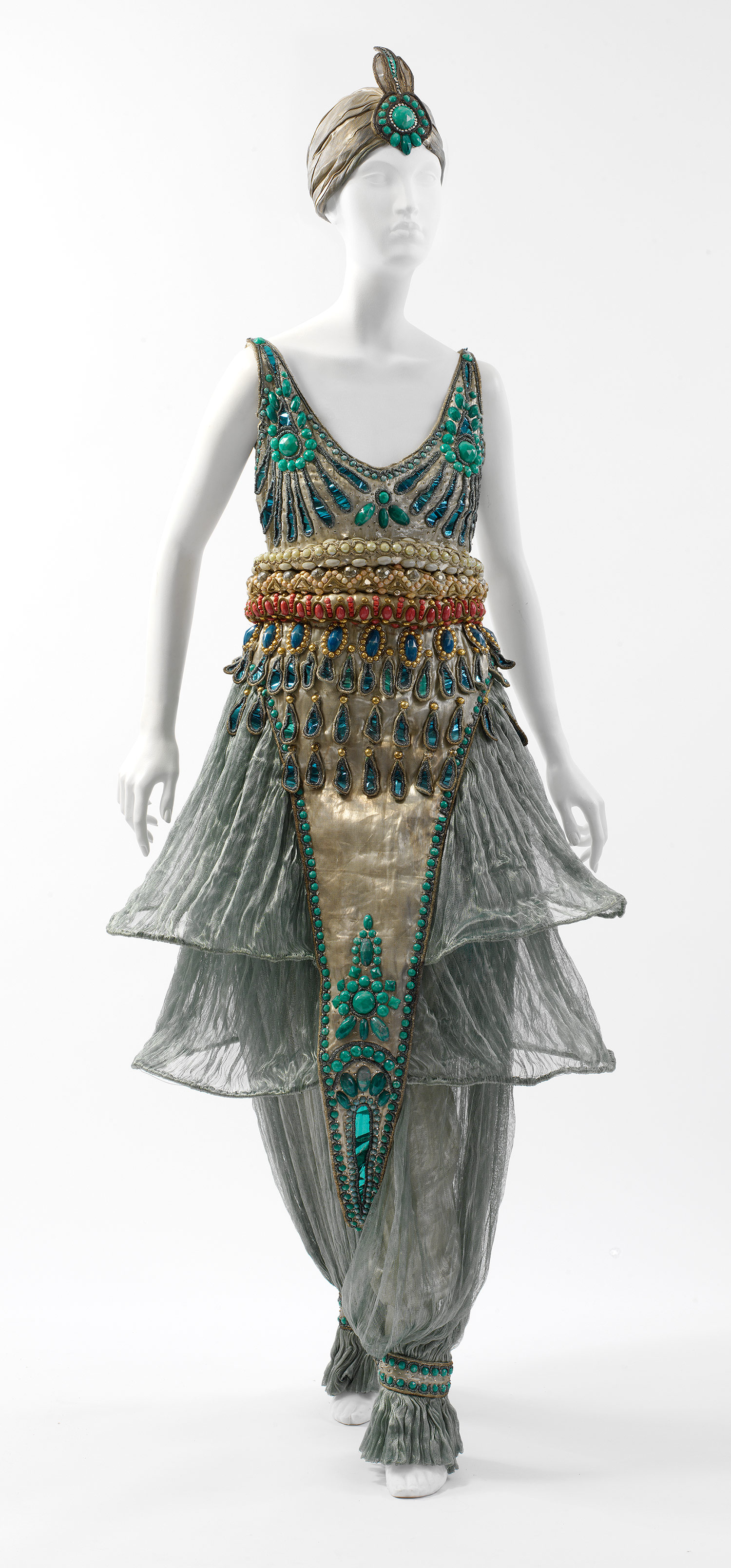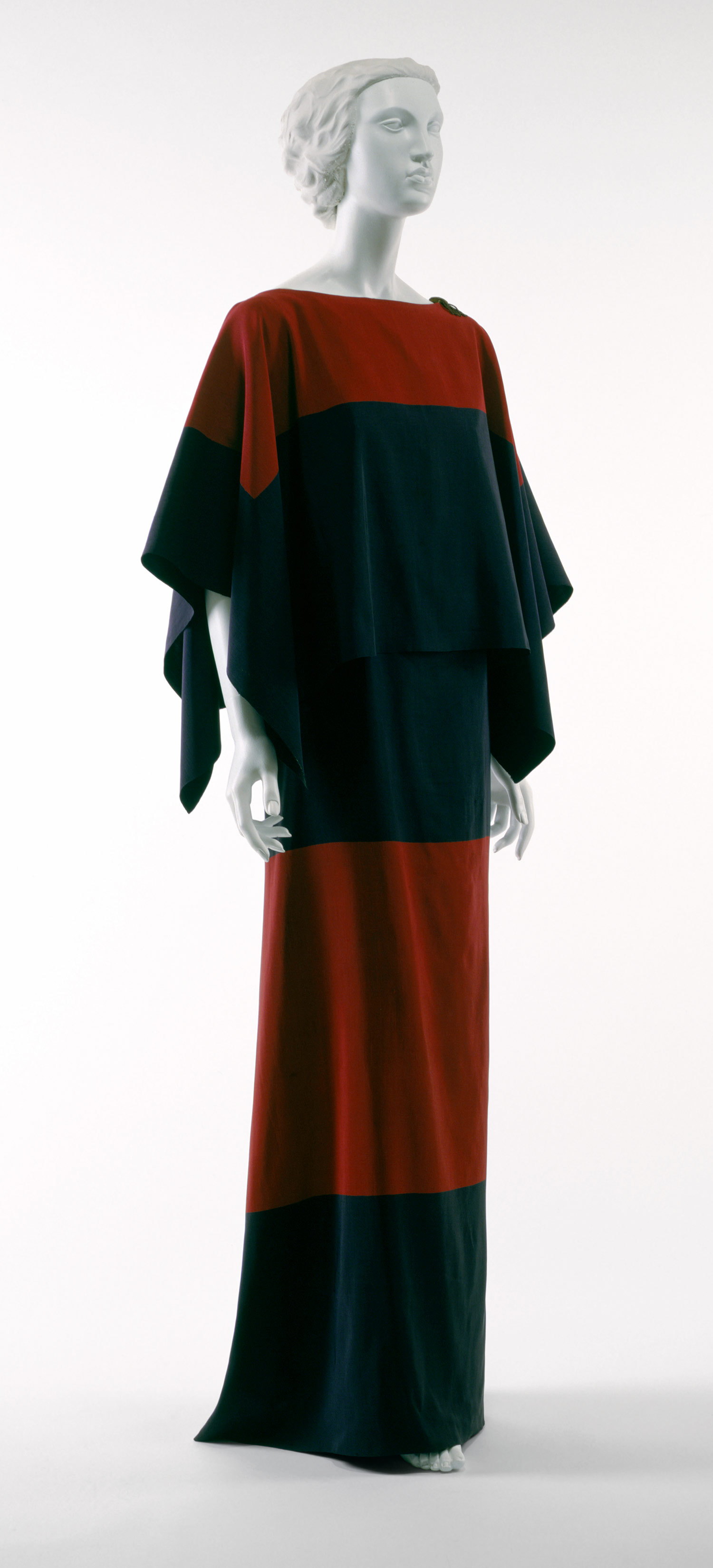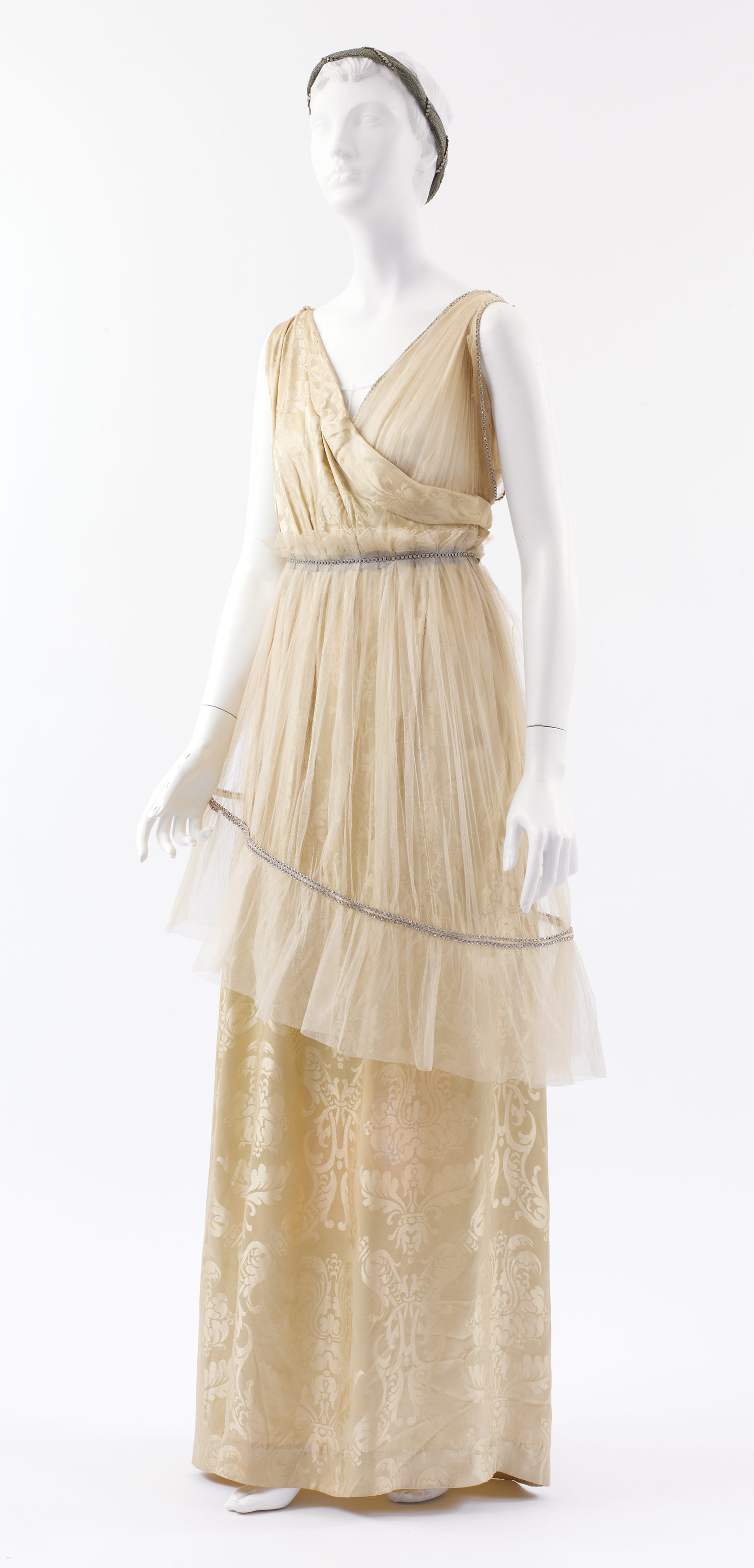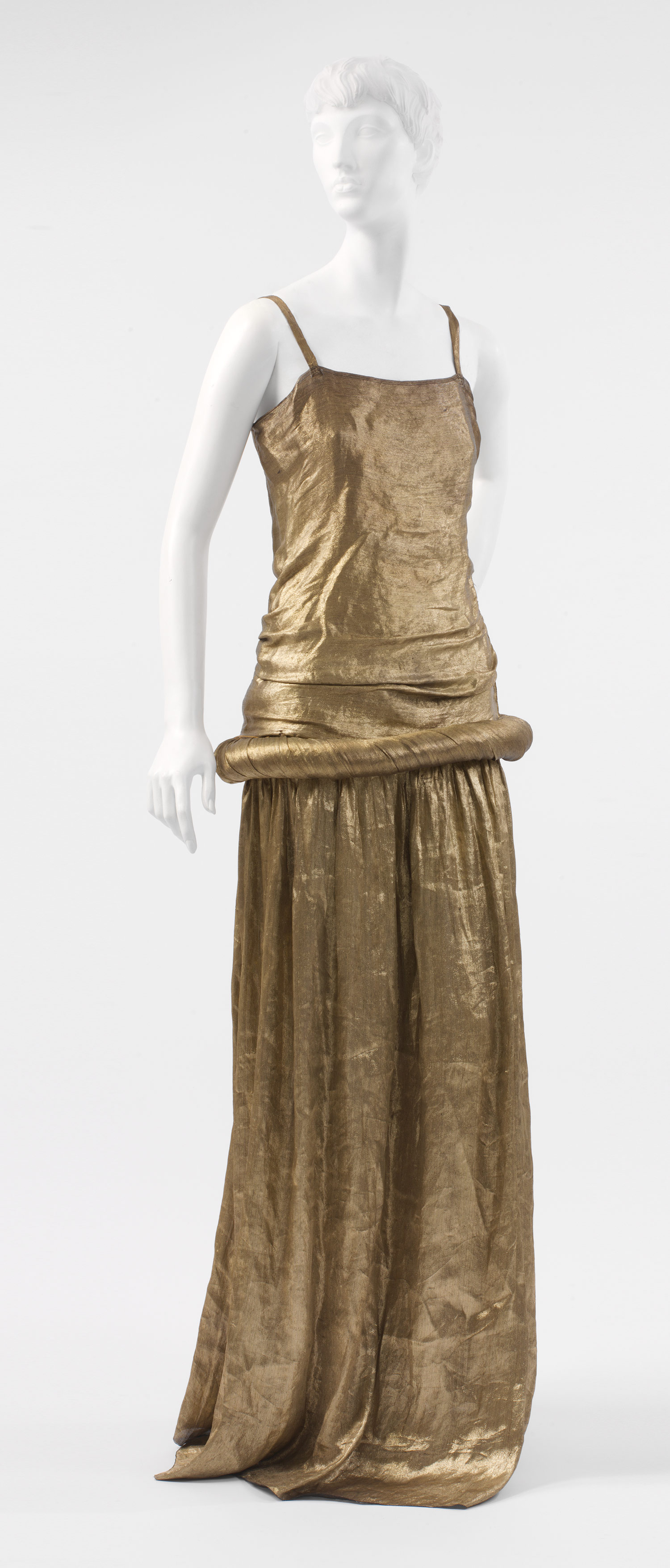Born 1895 in Spain, Cristobal spent his teenage years learning all about dressmaking. The designer opened his first boutique in 1915 in San Sebastián, at the age of only 20, and continued opening more stores all over Spain. Balenciaga first opened as a couture house in Paris during the year of 1937. The talented designer retired and closed the house in 1968, claiming "There is no one worth left dressing." Scarves, bags, and perfumes were still manufactured while clothing was not. He passed away in 1972, sadly.
In 1987 Micheal Goma began designing under the Balenciaga name, then Melchior Thimister, and now Nicolas Ghesquiere, who does a FANTASTIC job.
Cristobal left behind a legacy. He was a prophet; a creator of silhouettes. His sack dress, which debuted at the beginning of the 1950s would flavor the world of fashion to come. Balenciaga was a genius of shape but also a master colorist. He typically chose colors like yolk yellow, bubble gum pink, and grass green for ball gowns.
The fashion photographer, Cecila Beaton, once said that Balenciaga's clothes were great because "they are the result of depth of thought intense concentration, even physical suffering."
"Almost every woman, directly or indirectly, has worn a Balenciaga." - Harper's Bazaar











images:
fashionspot















































